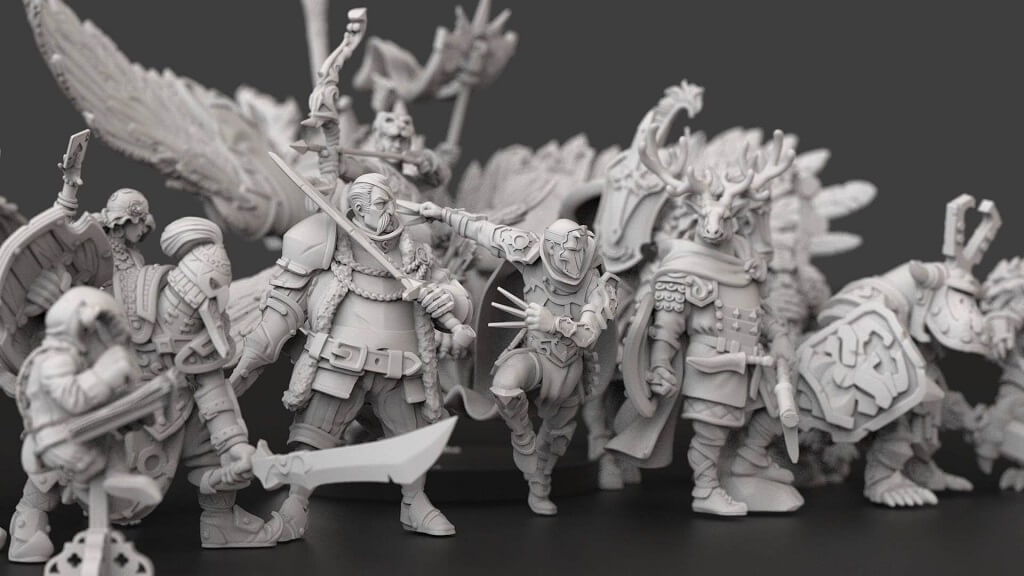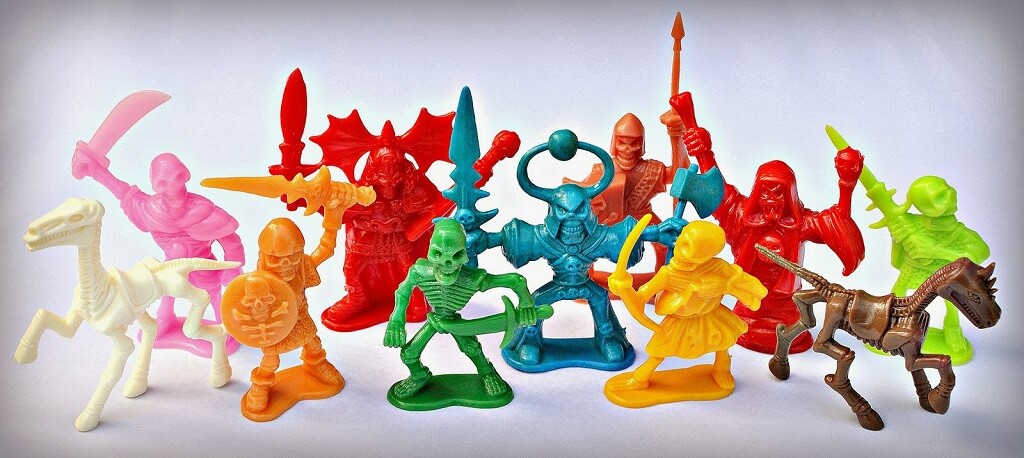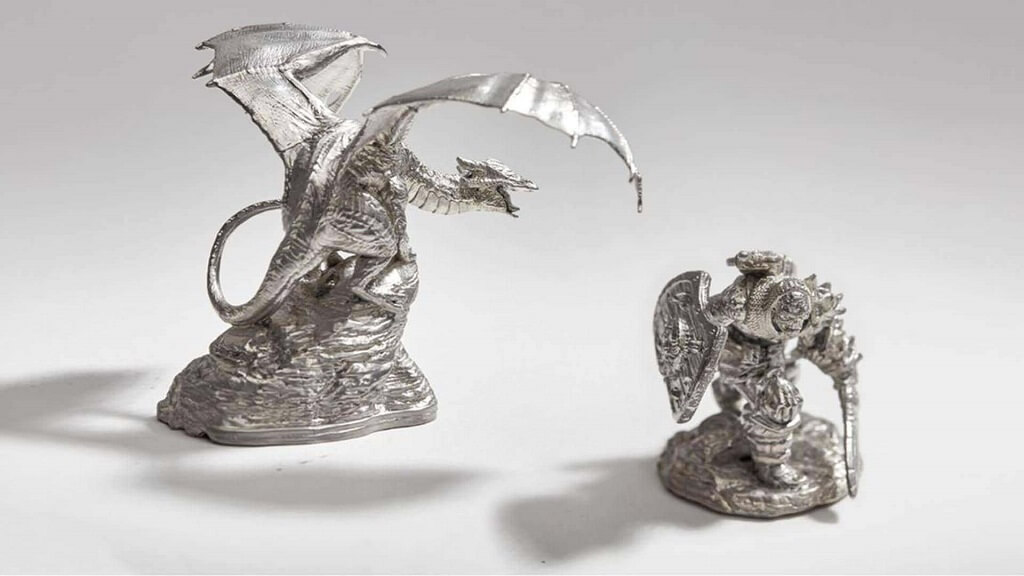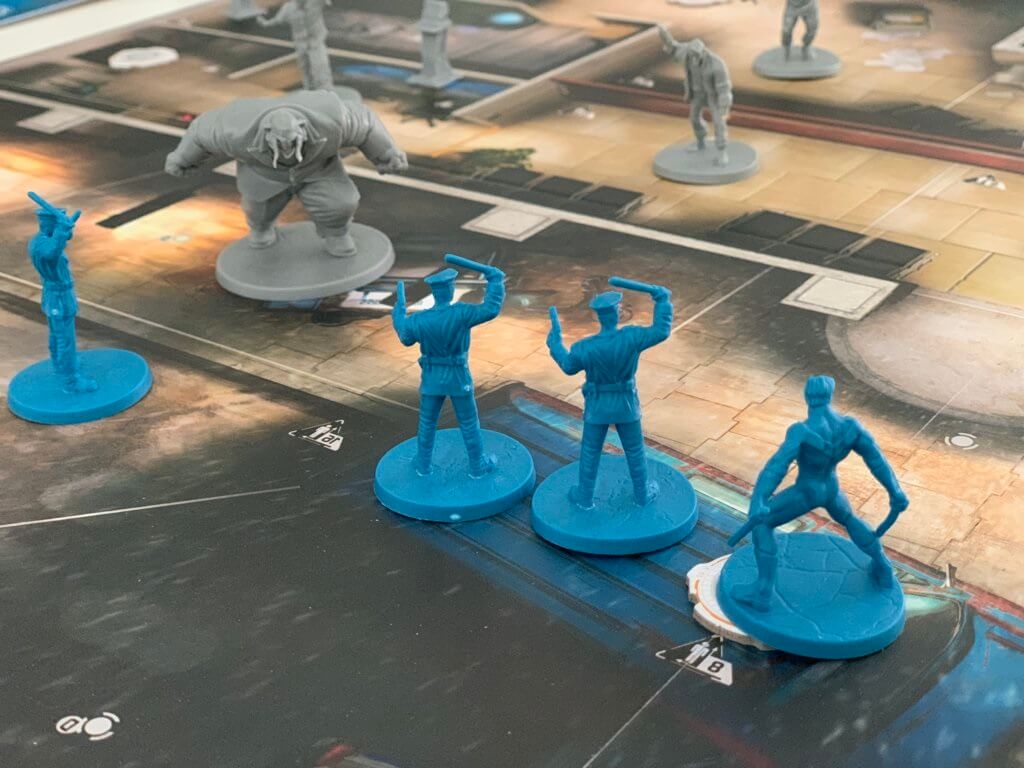Resin, plastic and metal are the most common materials you can use for miniatures. This post explores the features, pros and cons of metal, resin, and plastic miniatures to help you make an informed decision.
Table of Contents
Resin
Resin remains a common material for miniatures. Why does the material remain popular? Its ability to capture fine details makes it the best material for high-end miniature modeling and board games. Although resin miniatures are lightweight, they require careful handling due to their fragile nature.

Plastic
Most individuals consider plastic for custom miniatures to create a wide range of products, from cheap toys to high-end products. What makes plastic the common material of choice? Plastic miniatures are usually durable, and the ability to produce them in masses makes them affordable and popular. Do plastic miniatures have the same level of detail? These miniatures have varying levels of detail, which are less detailed than metal or resin miniatures.

Metal
Metals rank among the best classic materials for miniatures. Why have many individuals considered metal miniatures for centuries? With metal miniatures being very detailed, individuals consider them fantasy and historical board game miniatures. Despite being heavy and more expensive than other options, metal miniatures are very durable.

Summing Up
These materials come with varying features and offer different advantages and disadvantages. Depending on your specific project needs and preferences, you can choose the one with the best features. In short, miniatures suit intricate detail, metal miniatures offer durability, and a classy look, while plastic favors affordability and mass production.




